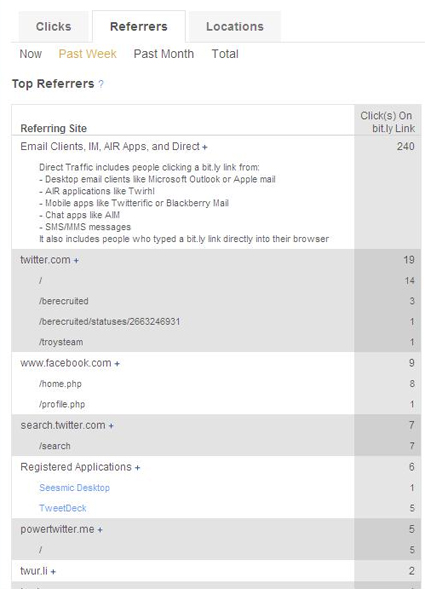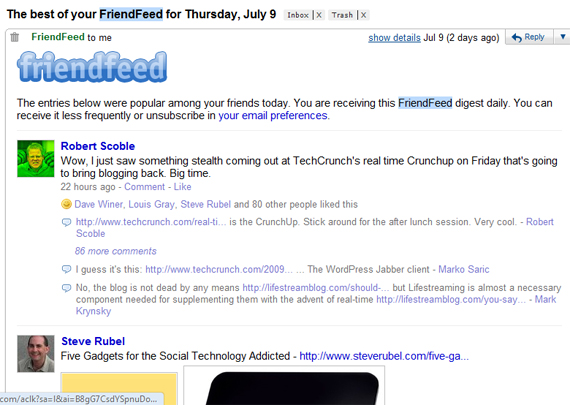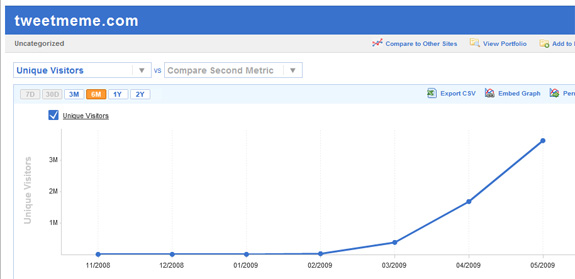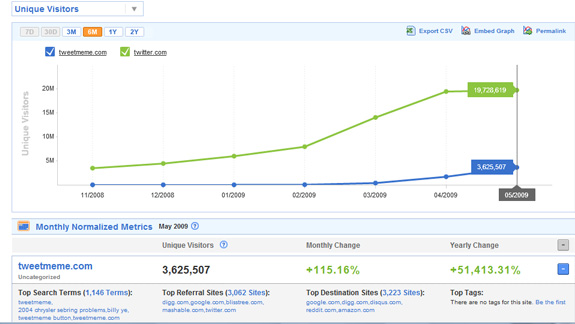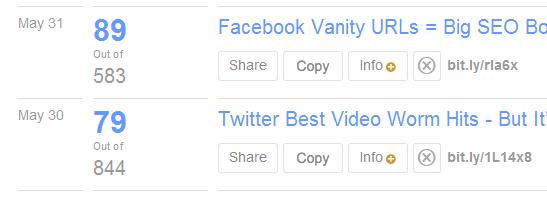Even if a small change, it is telling that TechCrunch has added a Tweetmeme "retweet" counter to their homepage... directly beneath the comments counter (and visually more powerful). It is also telling that the reteweet numbers are often 5-10x the comments.
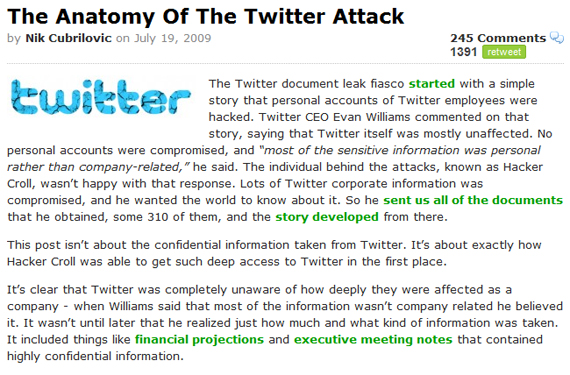
I am not suggesting that either onsite comments are disappearing or less valuable that offsite comments (namely Twitter and Facebook) - but it is a powerful, fast-changing dynamic... and clearly publishers and brands need to understand, encourage and facilitate activity both on and off their domains. In this example, the TechCrunch post saw 10,000+ pageviews arrive from Bit.ly-only URLs:
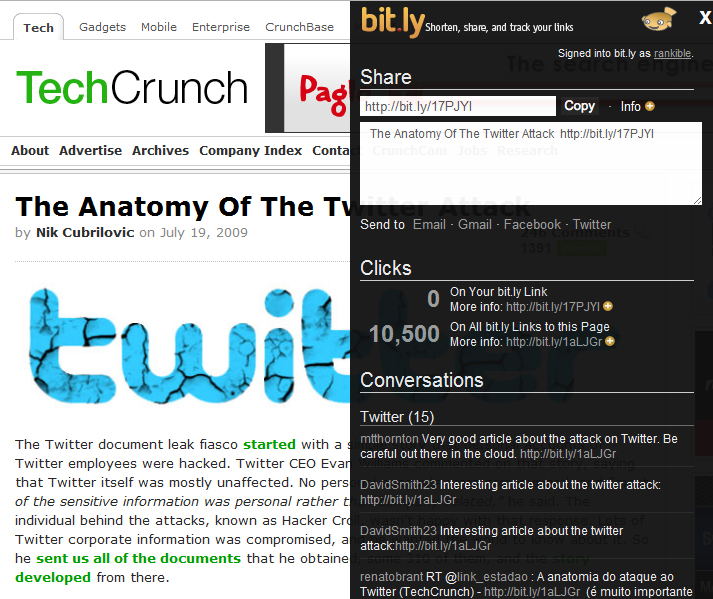
Of course, as the conversation continues to become distributed, data and measurement become tougher to collect and mine. Danny Sullivan has two good, recent articles on how Twitter may be delivering 500%+ more traffic to your site than you currently believe.
- Is Twitter Sending You 500% To 1600% More Traffic Than You Might Think? - How Twitter Might Send Far More Traffic Than You Think
It is also important to remember that discussion and engagement themselves have great value... regardless of location and in ways measured beyond pageviews.


